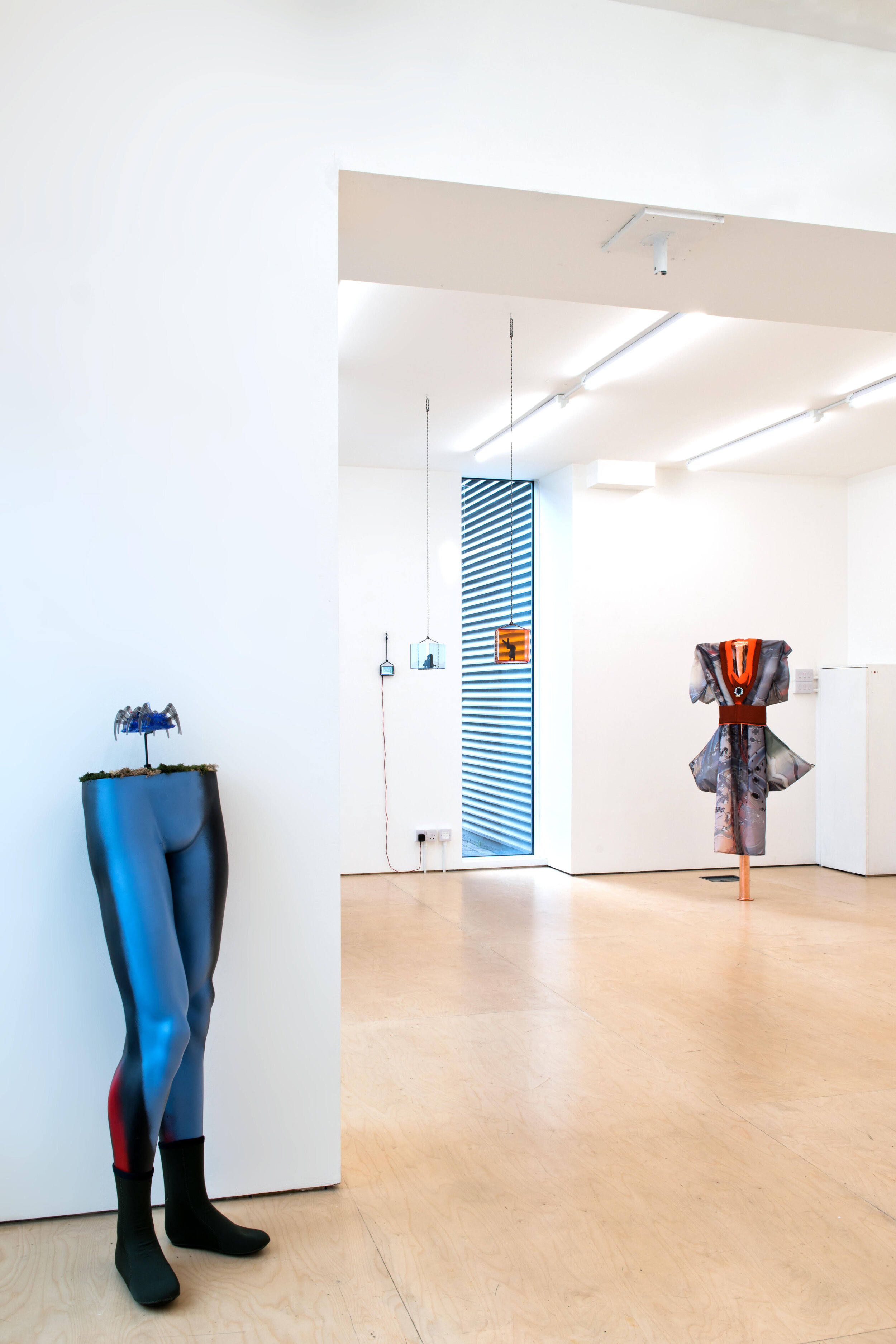Sofia Albina Novikoff Unger

What is the role of art in examining the past to (re-)evaluate the present and imagine the future?
I’ve always been equally interested in history and ideas of the future in terms of what will happen in society, how will we evolve, what will be different and so forth. Maybe we can call it a kind of nomadic sensibility of thought, a way to travel past tenses, continents and particles and arrive wherever we wish. The question you pose sort of unfolded for me in my latest body of work in the exhibition “Faith is a Cascade”.
I came across an exhibition at Buckingham Palace, which looked at the long-standing relationship, culturally and historically, between Russia and United Kingdom and was surprised to see that Peter the Great spent time in Deptford, the same area where I had my daily life. This was interesting to me culturally, being half Danish half Russian, but also because Peter the Great was instrumental in propelling Russia into modernism, greatly inspired by the Netherlands and the UK. This meant a progression as a modern society, yet slavic culture was eroded in many regards because it was seen as ‘behind the times’ (the Western times).
Furthermore, Peter the Great was staying in John Evelyn’s house, who was a diarist and admired horticulturalist back in the 1600’s. He had a beautiful garden and wrote several works concerning the air pollution in London, green spaces for the city and forest conservation. Works that are still just as relevant today. I thought it was interesting, because I was having my daily life in Deptford, where my studio was at the time, and this area is now one of the most heavily polluted areas in London, something of great concern.
But back to Peter, whose stay was not a happy one with the Tsar and his entourage trashing Evelyn’s house, breaking the windows, burning all the chairs, and playing games in wheel barrels rolling through the hedges destroying all on its way.
Legend has it that the big old oak tree still standing at Sayes Court today, was planted by Peter the Great, though it seems more truthful that it was planted by John Evelyn.
So this history felt very relevant to me and I wanted to work through it by having my own interpretation of the historical event. For example in the video work “Cascade Experiment: Reenactement at Sayes Court, 1698” which is very much concerned with multiple temporalities that extend roots into the past, present and future, where text is in reverse and the main character in a sort of doubling. But the history also sparked an imagination of the future, based on my research on the event and John Evelyn, in which I was exploring smart cities, green utopian urban planning. I also made my own version of a future smart home in the still life series “Mise en scène 2050, смарт i-v”, where I tried to implement a queering of the architecture and interior, e.g. through colour, and where the ornaments are never left out. However there is always a play on time and temporalities. For example, across the digitally printed textiles, where it was important that it was small screens that were used for the work as to give the impression of being ‘pocket-friendly’ and sci-fi, and thus signal that this idea of the future has already crept into our own time. In a way my task to myself was to create a temporal space that fluctuates between past (myth), present (Eastern- /West- European culture) and future (speculative) and imagining a queer utopian alternative in all of this. Perhaps art’s role in relation to different temporalities is to give a skewed perspective that we otherwise wouldn’t expect.
Image credits: Faith is a Cascade installation shots. Courtesy of the artist and Seager Gallery, London.
Sofia Albina Novikoff Unger is a Danish Russian artist based between London and Copenhagen.








